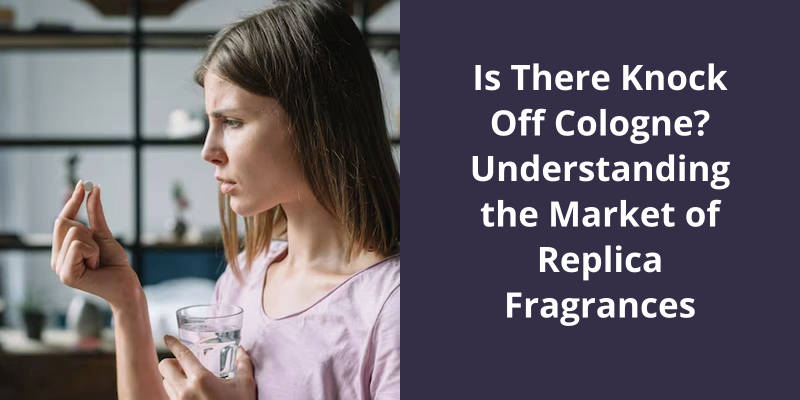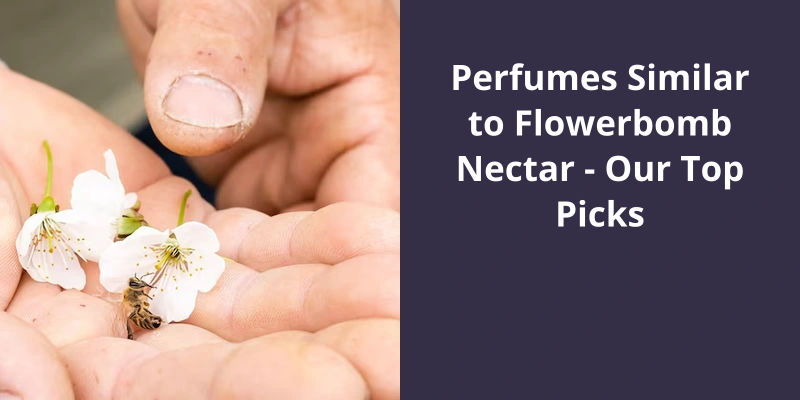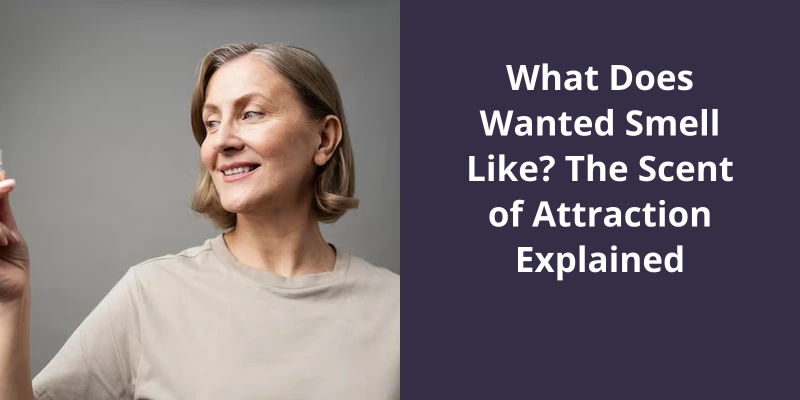In the world of fragrances, there’s a thriving market of replica or knock off colognes that attempt to imitate the scents of popular and high-end perfumes. These replica fragrances, often referred to as "dupes," are produced and sold at a fraction of the price of the original perfumes, making them an attractive option for budget-conscious consumers. However, it’s essential to understand the risks and consequences of purchasing and using knock off colognes. Counterfeit perfumes not only leave consumers feeling cheated and upset but can also pose potential health risks. Many replica fragrances use cheap and synthetic ingredients that can trigger allergies and skin irritations, leading to discomfort and long-term health issues. Additionally, counterfeit fragrances may lack the quality and longevity of genuine products, causing disappointment and dissatisfaction. Therefore, it’s crucial to educate oneself about the authenticity of colognes and ensure the purchase of genuine perfumes to safeguard personal health and a genuine olfactory experience.

Are Replica Colognes Safe?
Replica colognes, commonly known as fake or knock off colognes, have been a subject of concern in the fragrance industry. These counterfeit products pretend to be genuine designer fragrances, but they’re made with subpar ingredients and low-quality manufacturing processes. As a result, they can pose potential dangers to consumers.
Moreover, the manufacturing processes of replica colognes are often not subjected to the same strict regulations and quality control measures as genuine fragrances. This lack of oversight can result in product contamination or an inconsistent formulation, which further increases the risk of adverse effects on the skin.
Certain counterfeit fragrances have been found to contain harmful chemicals that can have more severe health implications. These chemicals may include substances like phthalates, which have been linked to hormonal disruptions and other long-term health issues.
To ensure your safety, it’s crucial to be vigilant when purchasing fragrances, especially online or from unauthorized sellers. Look for reputable sources and authorized retailers who guarantee the authenticity of their products.
How Consumers Can Protect Themselves From Purchasing Fake Fragrances.
- Research the brand and product before making a purchase.
- Buy from reputable retailers or authorized dealers.
- Check the packaging for any misspellings or inconsistencies.
- Examine the bottle for proper labeling and logo placement.
- Look for a batch code or serial number on the bottle or packaging.
- Compare the fragrance’s scent to the original in a store if possible.
- Avoid purchasing from suspicious websites or street vendors.
- Read reviews and feedback from other customers.
- Be cautious of significantly discounted prices.
- Consider purchasing fragrance samples or testers before committing to a full bottle.
In addition, fake colognes often lack the depth and complexity of their authentic counterparts. They may have a one-dimensional fragrance profile, lacking the intricate layers and nuances that make genuine perfumes so captivating. Furthermore, these counterfeits tend to exhibit a strong sillage, meaning the scent lingers heavily in the air even after the initial burst of fragrance fades.
What Does Fake Cologne Smell Like?
Fake cologne can also have a chemical or synthetic smell that isn’t present in authentic fragrances. This can be due to the use of low-quality ingredients or the improper formulation of the perfume. Instead of the intricate layers and depth found in genuine scents, knock-off cologne may give off a flat or one-dimensional aroma.
Common Ingredients Used in Fake Cologne
Knock off colognes, also known as replica fragrances, often contain ingredients that imitate the scent of the original but at a lower quality. These ingredients can vary depending on the brand and the attempt to replicate, but some common substances found in fake colognes include synthetic oils, alcohol, water, and diluted fragrance compounds. These imitations may lack the complexity and longevity of genuine fragrances, and the quality of the ingredients used can significantly impact the overall scent and performance of the cologne. It’s important to be cautious when purchasing colognes from unfamiliar sources, as knock off versions may not live up to the original fragrance experience.
There are many factors that differentiate an original perfume from a fake one, but one question that often comes to mind is whether they actually smell the same. While the smell of a counterfeit perfume may be remarkably similar to that of the original, there are subtle differences in the composition that are regulated by law. In fact, the molecular structure of a counterfeit fragrance must vary by at least 2% from that of the original. So, let’s delve deeper into this intriguing topic and uncover the truth behind the olfactory experience of original and fake perfumes.
Does Original and Fake Perfume Smell the Same?
When it comes to knock-off cologne and replica fragrances, one of the most common questions asked is whether they smell the same as the original. Surprisingly, the answer is yes. These counterfeit scents are specifically crafted to closely mimic the smell of the original fragrance.
Counterfeit fragrances often come in bottles that resemble the original but may have slight variations in design, color, or logo placement. This is a deliberate attempt to avoid copyright infringement.
Another key difference lies in the composition of these replica fragrances. The law regulates that a countertype fragrance must differ by at least 2% of it’s molecular structure from the original fragrance.
How to Spot a Fake Perfume: This Article Could Provide Tips and Tricks for Consumers to Identify Counterfeit Fragrances, Such as Looking for Misspellings on the Packaging or Checking the Product’s Batch Code.
Spotting a fake perfume can be quite a task, but with a few tips and tricks, you can easily identify counterfeit fragrances. One of the first things to look out for is any misspellings on the packaging or labeling. Genuine perfumes usually have impeccable packaging, so any errors in spelling or grammar can be a red flag. Another indicator is the product’s batch code. Authentic fragrances will have a unique batch code that can be verified with the manufacturer. Fake perfumes often have generic or nonexistent batch codes. By paying attention to these details, you can avoid falling victim to knock off cologne and ensure you’re purchasing a genuine product.
A generic fragrance, also known as an equivalent, is a scent that may bear a resemblance to a popular brand but has a composition that deviates from the original. These perfumes offer an enticing price point; however, they don’t often capture the precise essence of the original fragrance.
What Is a Generic Fragrance?
A generic fragrance, also known as an equivalent or knock-off perfume, is a fragrance that mimics the scent of a well-known and often expensive original perfume. These generic fragrances are created by fragrance houses that specialize in recreating popular scents. The goal of these fragrance houses is to produce a product that closely resembles the original fragrance at a much lower price point.
The composition of a generic fragrance may differ from the original perfume. This means that while the scent may be similar, it isn’t an exact replica of the original fragrance. Generic perfumes often use cheaper ingredients and synthetic materials to create a similar scent profile. As a result, the longevity and depth of the fragrance may not be as long-lasting or complex as the original perfume.
One of the main appeals of generic fragrances is their attractive price. These knock-off perfumes are significantly more affordable than their original counterparts, making them accessible to a wider range of consumers. However, it’s important to note that with the lower price comes a potential sacrifice in quality and authenticity.
It’s all about managing your expectations and understanding that you’re opting for a more affordable alternative.
The History of Generic Fragrances: Explore the Origins of Generic Fragrances and How They Have Evolved Over Time.
The history of generic fragrances dates back to ancient civilizations, where the use of scented oils and perfumes was prevalent. These scents were crafted using natural ingredients and techniques passed down through generations. As time went on, perfumery developed into an art form, with esteemed perfumers creating unique and luxurious fragrances.
However, as the demand for branded perfumes increased, so did the desire for more affordable alternatives. This led to the emergence of generic fragrances, also known as knock-off or replica fragrances. These fragrances are designed to mimic the scents of popular, high-end perfumes, but at a fraction of the cost.
Over the years, the market for generic fragrances has evolved, with manufacturers focusing on creating scents that closely resemble the originals. They strive to capture the essence and character of the branded perfumes, often using a combination of natural and synthetic ingredients.
Although generic fragrances may not carry the same prestige or brand recognition as their counterparts, they provide an accessible option for individuals who want to experience similar scents without the high price tag. It’s important to note that while replica fragrances aim to replicate the fragrance, they aren’t affiliated with or endorsed by the original perfume brands.
It’s a common question amongst fragrance enthusiasts: do knock off perfumes smell the same as their original counterparts? While the initial scent may bear a striking resemblance, true fragrance connoisseurs will pick up on a significant difference. The missing element lies in the intricate composition of the original scent, with it’s top, middle, and base notes working harmoniously to create a multi-dimensional experience. Upon closer inspection, it becomes evident that knock off perfumes lack the depth and complexity that make the original fragrances truly exceptional. It’s as if an entire layer of notes had been stripped away, leaving the imitation scent lacking in richness and allure.
Do Knock Off Perfumes Smell the Same?
Many people wonder if knock off perfumes smell the same as the originals. It’s a common question, especially for first-time buyers who’re curious about the quality and authenticity of replica fragrances.
Authentic perfumes are carefully crafted to have a multi-dimensional scent experience. They’re composed of top, middle, and base notes that create a harmonious blend of aromas. Each note plays a crucial role in the overall fragrance, contributing to it’s complexity and longevity.
When it comes to fake scents, they may initially smell similar to the original, but they lack the intricacies and nuances that make the genuine fragrances stand out. It’s as if an entire layer of notes had been removed, leaving the knock off with a flat and one-dimensional aroma.
It’s crucial to note that knock off perfumes are often produced using cheaper ingredients and shortcuts in the manufacturing process. This not only affects the scent quality but also the longevity and projection of the fragrance. Authentic perfumes are designed to last for hours, while knock offs may fade away quickly.
They often lack the intricate layers of notes that contribute to the original scents unique character. To ensure you’re getting the real deal, it’s always recommended to purchase perfumes from authorized retailers.
How to Identify Knock Off Perfumes
Identifying knock-off perfumes can be challenging, but there are some telltale signs to look out for. One of the first things to check is the packaging. Authentic fragrances typically come in high-quality, well-designed packaging, while counterfeit versions may have cheap and poorly made packaging. Additionally, scrutinize the labeling and branding details. Misspelled words, fuzzy logos, or inconsistent fonts can indicate a counterfeit scent.
Another way to spot knock-off perfumes is by examining the scent itself. Counterfeit fragrances often lack the complexity and depth of the original perfume. The smell may be weaker, have a shorter staying power, or contain synthetic notes that differ from the genuine product. It’s always best to compare the suspected knock-off to an authentic sample to identify any discrepancies.
Finally, purchasing from reputable retailers or authorized dealers is crucial. Unauthorized sellers, street vendors, or suspiciously low-priced online platforms are more likely to sell counterfeit perfumes. Research the seller’s reputation, read customer reviews, and check for any signs of a counterfeit operation before making a purchase.
By paying attention to packaging, labeling, scent quality, and purchasing from trusted sources, it’s possible to identify knock-off perfumes and protect yourself from purchasing a replica fragrance.
Conclusion
It’s imperative for consumers to educate themselves on how to identify counterfeit products and the potential risks associated with their use.





